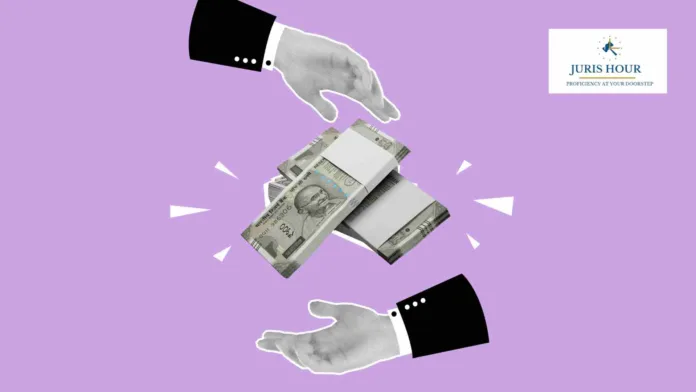The Income Tax Department has issued a concise visual guide to help salaried individuals better understand the tax implications of their income. The guide simplifies key components such as standard deductions, House Rent Allowance (HRA) exemption, taxable perquisites, TDS compliance, and eligibility for filing Income Tax Return (ITR-1).
To begin with, the government allows a flat standard deduction for salaried individuals: ₹50,000 under the old tax regime and ₹75,000 under the new tax regime. This deduction can be claimed without furnishing any proof, offering a straightforward relief to taxpayers.
The guide also explains the HRA exemption under Section 10(13A). A salaried taxpayer staying in rented accommodation can claim HRA exemption, calculated as the least of the following: actual HRA received, 50% of basic salary for metro cities (or 40% for non-metros), or the excess of rent paid over 10% of salary. Here, “salary” includes basic pay and dearness allowance if it is part of retirement benefits.
In terms of perquisites, Rule 3 of the Income Tax Rules outlines certain employer-provided benefits that are taxable. These include rent-free accommodation, the use of a company car for personal purposes, ESOPs (Employee Stock Option Plans), and interest-free loans.
Tax Deducted at Source (TDS) is another critical area covered. Employers are responsible for deducting TDS from employees’ salaries and depositing it with the government. Taxpayers can review the details of TDS in Form 26AS, and confirm their income and tax deductions through Form 16, which is issued by the employer.
For filing returns, the guide clarifies the criteria for using ITR-1 (Sahaj). Salaried individuals can file using this form if they have income only from salary, one house property, and interest income. The total income must be below ₹50 lakh, and capital gains under Section 112A must be less than ₹1.25 lakh with no carried forward or brought forward losses.

